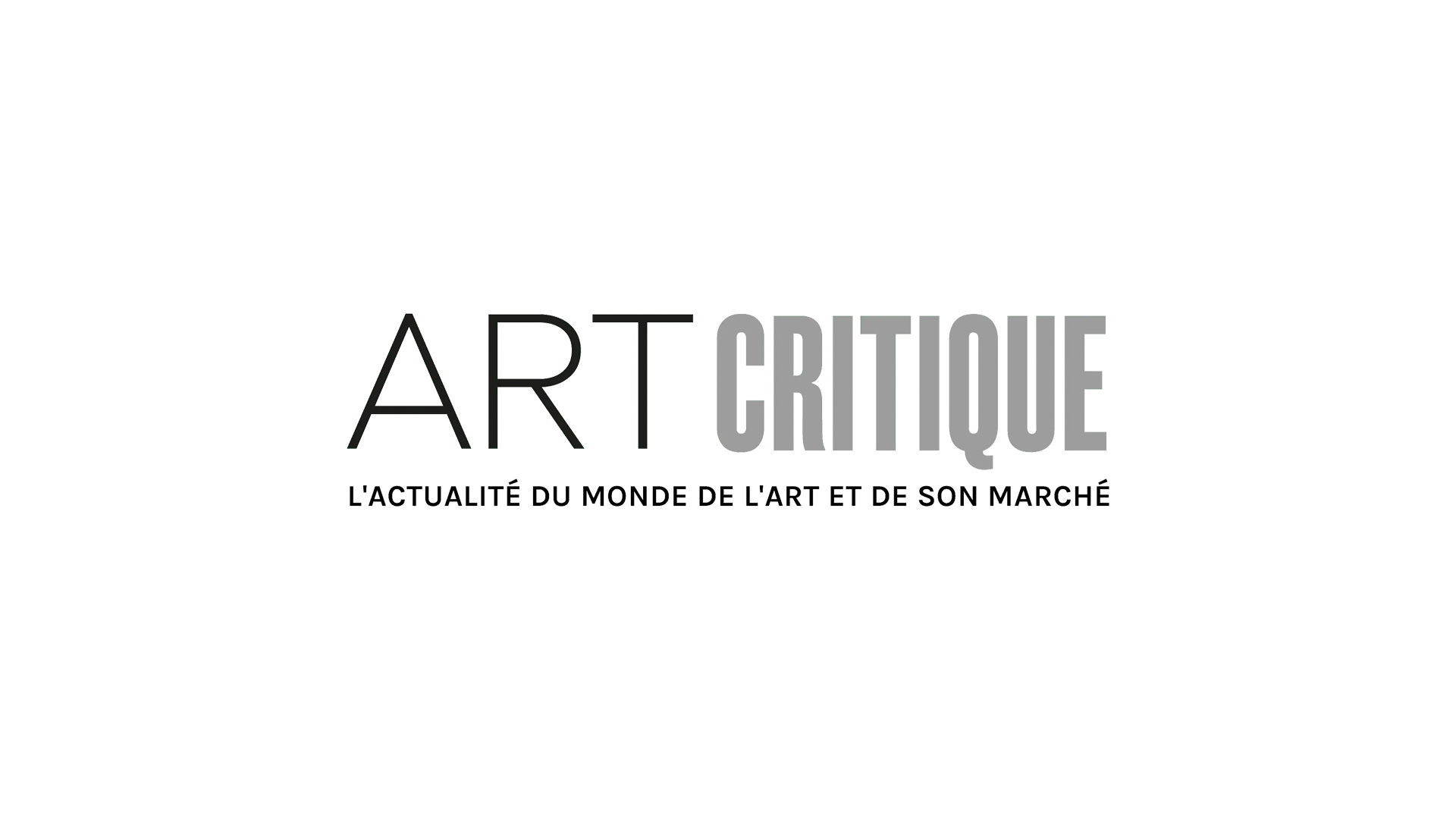After a decade, extensive conservation and preservation efforts have wrapped up at King Tut’s tomb in Egypt. The project gets the major tourist destination ready just ahead of the 100th anniversary of when British archaeologist Howard Carter discovered Tutankhamen’s final resting place in 1922. In the decades that followed Carter’s historic discovery, hundreds of thousands of tourists have flocked to the tomb to see, first-hand, the incredible burial chamber of the boy king who has fascinated multitudes.
Unfortunately, though, the constant inundation of visitors left its mark on the tomb and before 2009, no kind of conservation had been done to the tomb. That was until the Egyptian Ministry of Antiquities and the Getty Conservation Institute teamed up to combat deterioration and prep the tomb for curious generations to come.

‘Egypt is a country where there’s been quite heavy visitation levels and sites like the valley of the kings, and certainly the tomb of Tutankhamen, is a focus of mass tourism,’ said wall paintings expert Laurie Wong of the Getty Conservation Institute in a statement to artnet News. ‘The crux of our project was to figure out how to manage the level of visitation and then also to continue to maintain the tomb in good condition for the future.’
Considering the years of wear and tear the tomb faced, there were a number of obstacles that conservators faced when working at the site.
One of which was a new air system capable of filtering the air and properly ventilating the tomb to help conserve the vibrant colours in the wall paintings. Due to humidity and carbon dioxide generated by visitors, microbiological growth was facilitated and the fluctuation of water vapor added to environmental stressors for the priceless artworks. In addition to this, visitors brought in dust that settled on the paintings making their colours murky and muted. The new system will promote a cleaner environment for the paintings and preserve the extensive cleaning carried out over the past ten years.

Another feat came in the form of delays. Conservators were often forced to keep away from the tomb of King Tut due to political turmoil in the area throughout the course of the project. Due to the nature of the project and the distance between Egypt and the Getty’s home in California extended the time required for scientific research and technical issues. In addition to unavoidable delays the project simply required ample amounts of time. Highly trained experts worked alongside the Egyptian Ministry of Antiquities to carry out the most extensive study of the tomb since its discovery. The process required the expertise of Egyptologists, environmental engineers, documentation specialists, architects, and designers.
Finally, the cost of the sheer cost of the conservation project certainly provided a hurdle. Though the Getty doesn’t disclose the overall costs of the conservation projects they undertake, Neville Agnew, director of information and communication at the Getty, told artnet News the amount spent on the project was ‘considerable’ but luckily, ‘the Getty has the resources’ for such necessary work.





